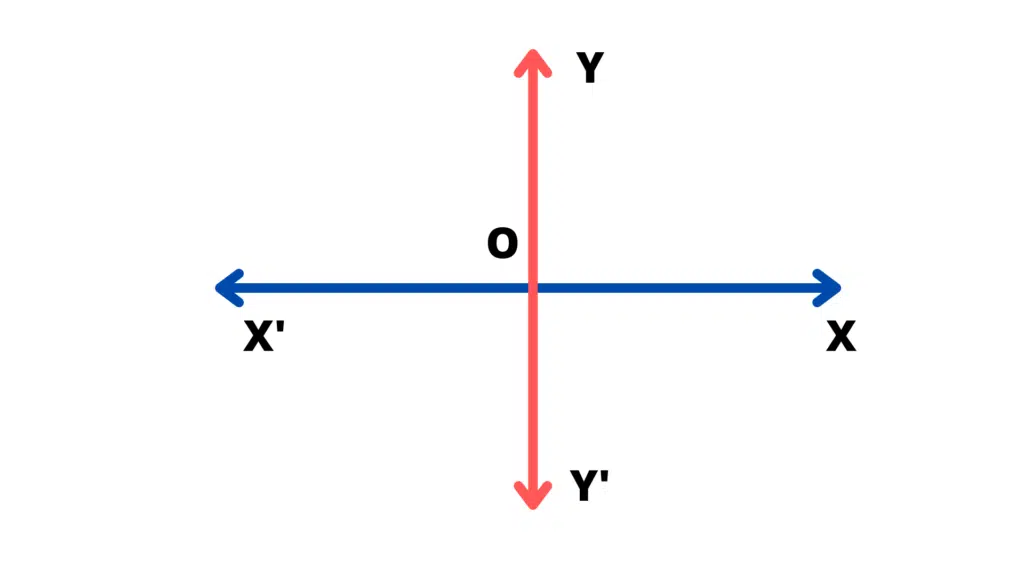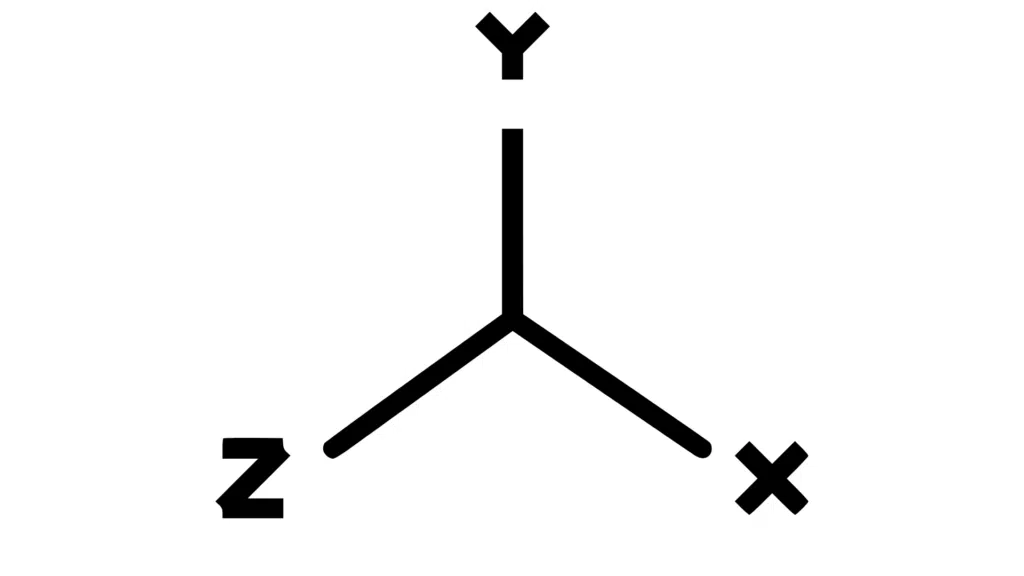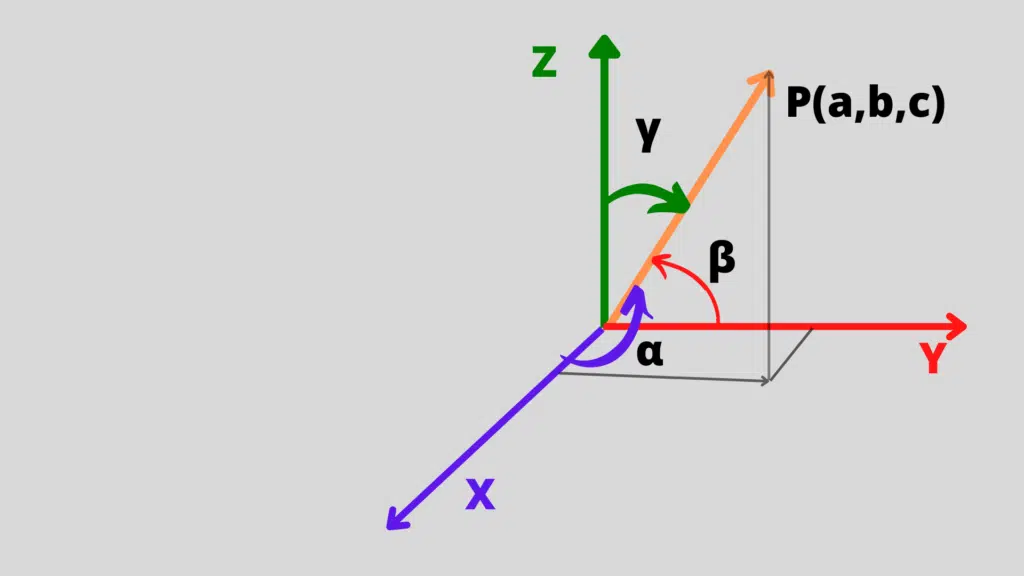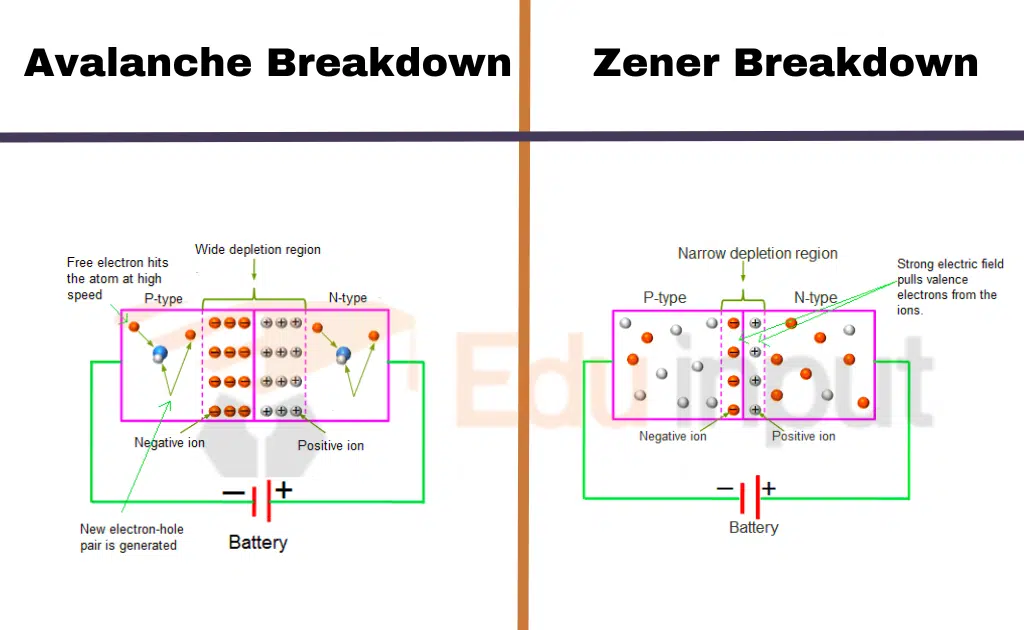Basic Concepts of Vectors | Difference between Vector and Scalar
Vector refers to an object that has both a direction and a magnitude. In this article, we will discuss the Basic Concepts of Vectors.
Basic Concepts of Vectors
Quantities that can be measured and have physical significance are called physical quantities.
There are two types of physical quantities.
- Scalar quantities or nondirectional quantities
- Vector quantities or directional quantities
What is the difference between vector and scalar
| Scalar | Vector |
| It has only the magnitude | It has direction and magnitude |
| Only one dimensional | It is multidimensional |
| This quantity changes with the change in magnitude | This changes with magnitude and direction |
| Normal rules of algebra are applicable here | There is a different set of rules known as vector algebra |
| volume, density, speed, energy, mass, and time | Force, acceleration, displacement, and momentum. |
Representation of a vector
There are two methods for vector representation
- Symbolic representation
- Graphical representation
Symbolic representation
There are many types of symbolic representation.
In books
- A vector represents by boldface letters like A, d,r, etc
- The magnitude of the vector is represented by light face letters such as A,d,r, etc
Handwritten
A vector is also represented by a letter with an arrow drawn above or below it .such as

Graphical representation of Vector
- Graphically a vector is represented by a single straight line with an arrowhead at one end
- The length of the line, according to the proper scale, gives the magnitude
- Arrow describes the direction of the vector
If 1cm =1N
Then 10N graphically represent as

Rectangular coordinate system
The system of coordinate axes is called a cartesian or rectangular coordinate system.
Coordinate axes
Two lines drawn mutually perpendicular to each other are known as coordinate axes.
Origin
The point of intersection of reference or coordinate axes is called the origin. It is denoted by O
The rectangular coordinate system in two dimension
The line in the horizontal direction is called X-axis. The X-axis is taken positive along (rightward)OX while negative along(leftward)OX’.
The line in the vertical direction is called Y-axis. Y-axis is taken positive along (upward)OY while negative along(downward)OY’.

Direction of vector
The direction of a vector in a plane is obtained by the angle that a vector makes with a positive X-axis in the anti-clockwise direction.

Point P has coordinates (a,b) and vector A makes an angel θ with a positive X-axis. We can reach at point P by moving the ‘a’ unit along the positive X-axis and the ‘b’ unit along the positive Y-axis from the origin.
The rectangular coordinate system in three dimensions (space)
There are 3 coordinates in space

The direction of a vector in space is specified by three
angles, α, β, and γ which a vector makes with X, Y and
Z-axis respectively.

Point P of vector A has three coordinates (a,b,c). In space, we can reach point P by moving unit ‘a’ along the positive X-axis ‘b’ unit along the positive Y-axis, and ‘c’ along the positive Z-axis from the origin.
Frequently Asked Questions(FAQs)
What is a vector in physics?
A vector is a physical quantity that has both magnitude and direction. It can also be thought of as the mathematical or geometrical representation of such a quantity. Examples of vectors in nature include velocity, momentum, force, electromagnetic fields, and weight.
Is force a vector?
Yes, a force has both magnitude and direction, so Force is a vector quantity. It is denoted by F and its unit is Newton.
Is gravity a vector quantity?
Yes, the gravitational field strength is a vector quantity as it consists of force. As force is a vector quantity, it naturally makes it a vector quantity. A scalar quantity will only have magnitude, i.e. a number.
Is impulse a vector quantity?
An impulse is a vector quantity, so a negative impulse indicates that the net force is directed in the negative direction. Likewise, a positive impulse signifies that the net force is directed in the positive direction.
How can we find the direction of a vector?
The direction of a vector in a plane is obtained by the angle that a vector makes with a positive X-axis in the anti-clockwise direction.







Leave a Reply